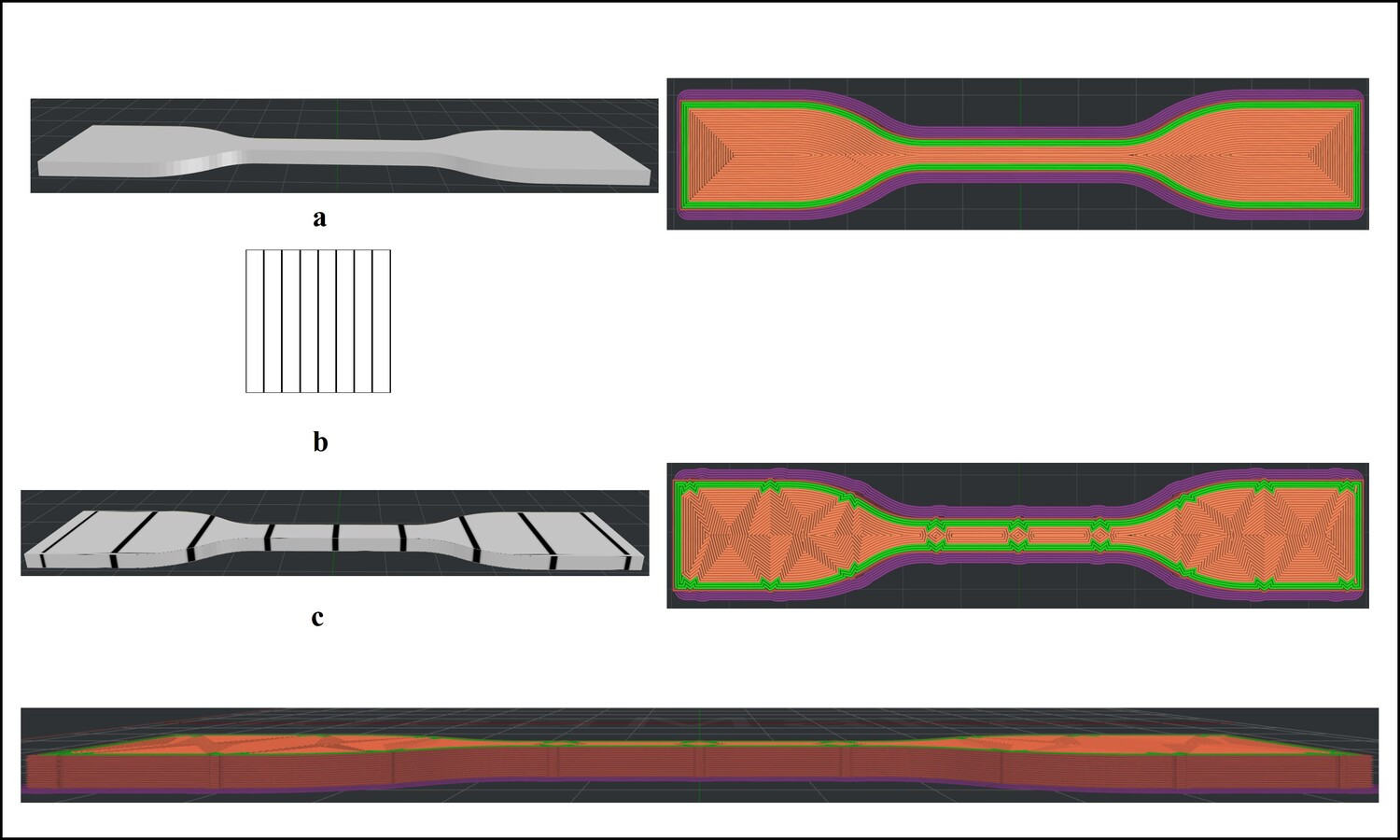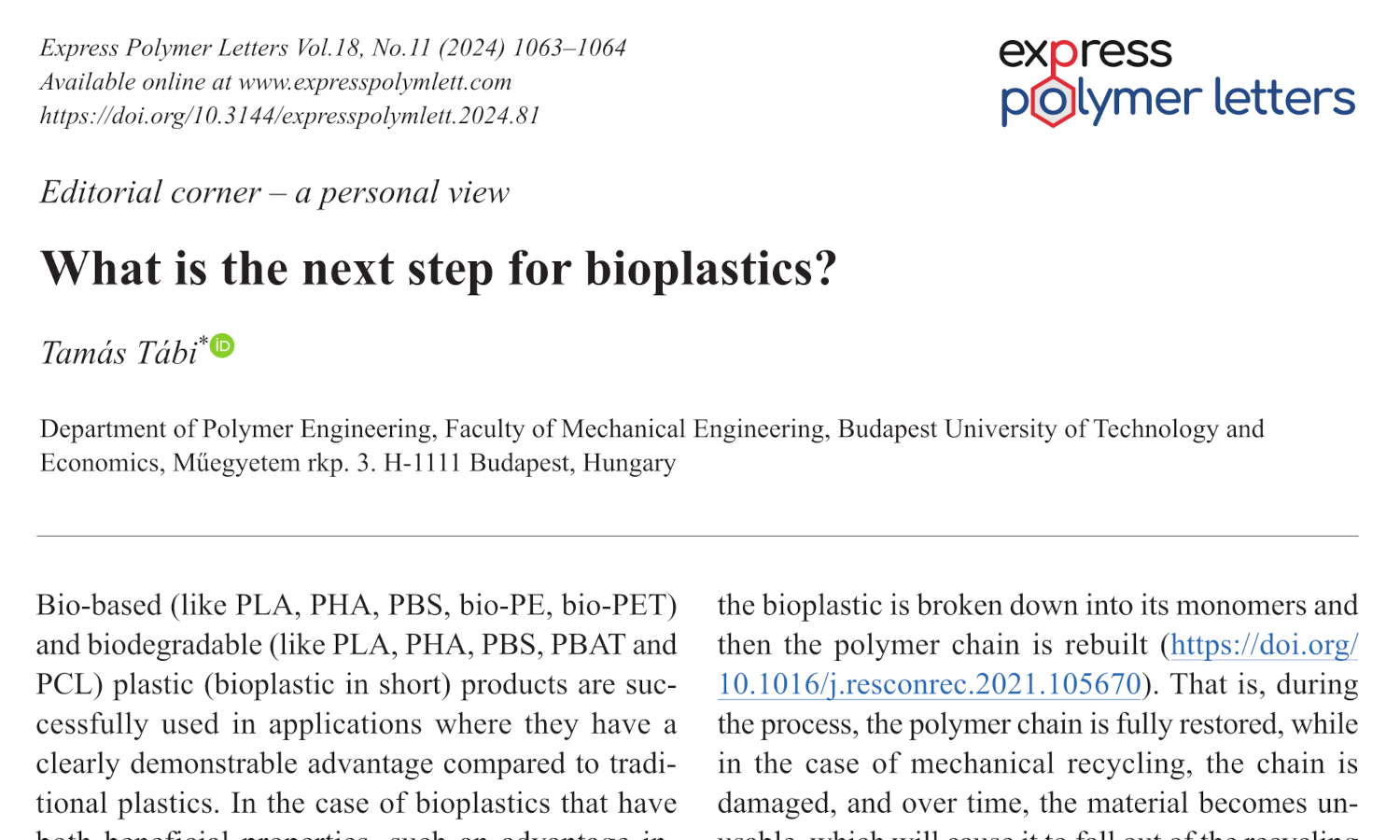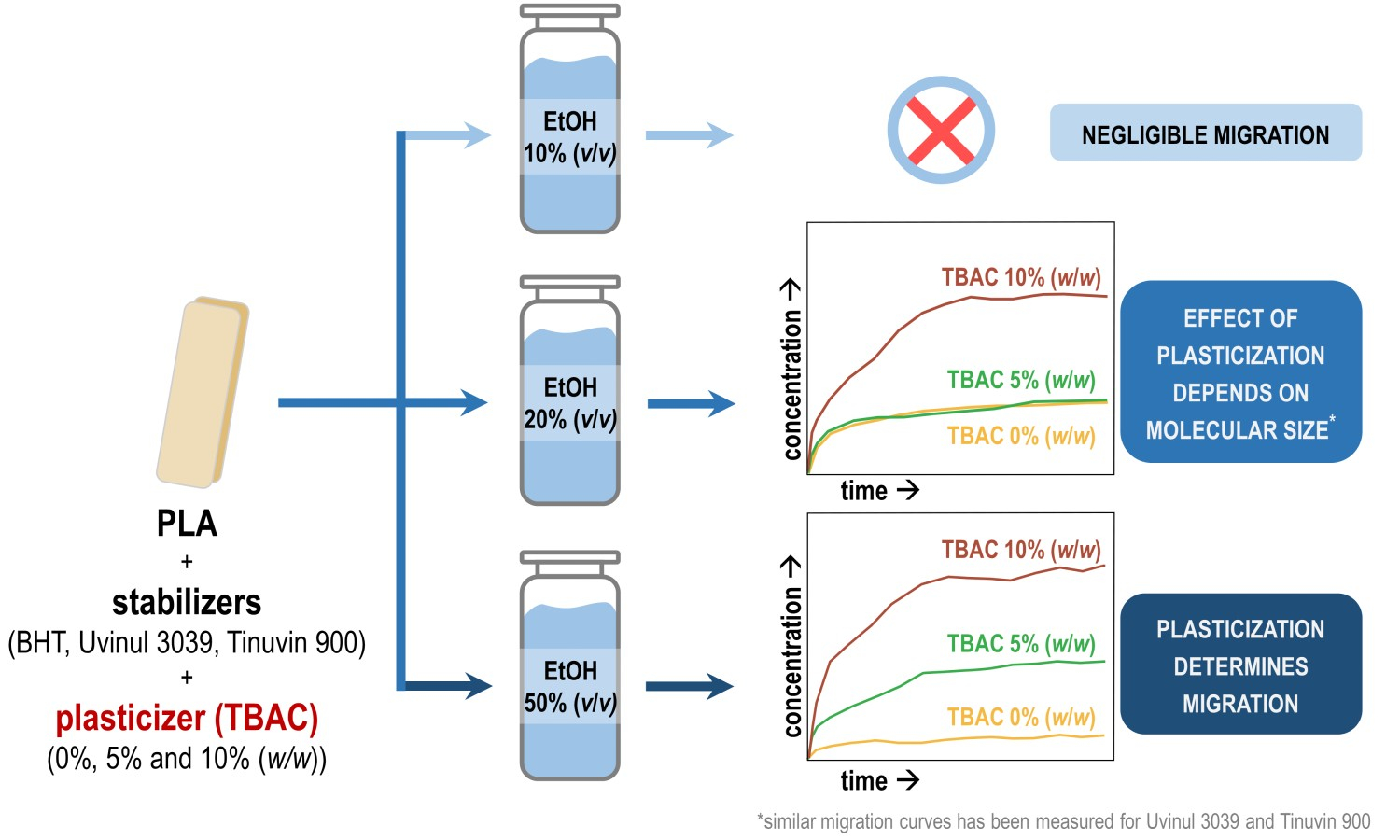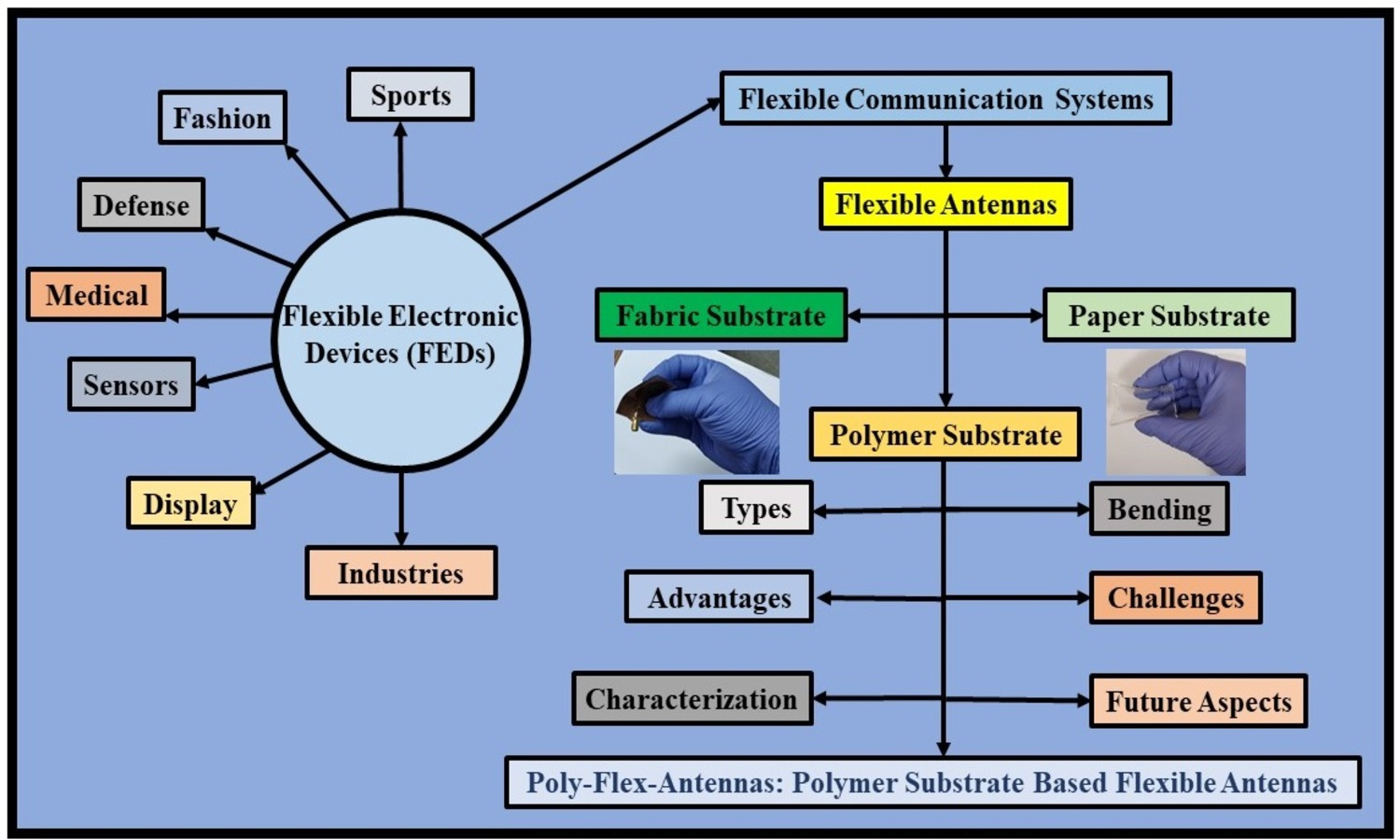Incorporation of cashew bark extract and gamma irradiation effects on biodegradable bacterial cellulose/kappa-carrageenan film
Alice da Conceição Alves de Lima , Andréa Monteiro Santana Silva Brito
, Andréa Monteiro Santana Silva Brito , Viviane Fonseca Caetano
, Viviane Fonseca Caetano , Glória Maria Vinhas
, Glória Maria Vinhas
 , Andréa Monteiro Santana Silva Brito
, Andréa Monteiro Santana Silva Brito , Viviane Fonseca Caetano
, Viviane Fonseca Caetano , Glória Maria Vinhas
, Glória Maria Vinhas
Vol. 19., No.6., Pages 610-627, 2025
DOI: 10.3144/expresspolymlett.2025.46
DOI: 10.3144/expresspolymlett.2025.46
GRAPHICAL ABSTRACT

ABSTRACT
Biopolymer-based packaging, such as bacterial cellulose (BC) and kappa-carrageenan (KC), offers a sustainable solution to environmental challenges. The incorporation of bioactive extracts enhances antioxidant and antimicrobial properties, while gamma radiation sterilization ensures microbiological safety, improving functionality for food preservation and promoting sustainability in the packaging industry. The objective of this work was to develop a BC film incorporated with KC solution (1%, v/v) and cashew bark extract (EC) at concentrations of 1, 2, and 4% (v/v) for use as active food packaging. EC exhibited a total phenolic content of 321.19 mgGAE/g and showed 86.67 and 99.54% radical scavenging activity for 2,2-diphenyl-1-picrylhydrazyl (DPPH) and 2,2″-azino-bis(3-ethylbenzothiazoline-6-sulfonic acid) (ABTS), respectively. EC also displayed antimicrobial activity against S. aureus and E. coli, confirming its antimicrobial potential. BC/KC films incorporated with EC and irradiated with gamma radiation exhibited a thermal degradation in the range of 275–287 °C, maintaining good thermal stability. The water vapor permeability decreased by 55.12%, indicating improved barrier properties and the film’s morphology became more compact after EC incorporation and irradiation. BC/KC films show promises for extending the food shelf life as active packaging.
RELATED ARTICLES
Emir Avcioglu
Vol. 19., No.1., Pages 3-14, 2025
DOI: 10.3144/expresspolymlett.2025.2
Vol. 19., No.1., Pages 3-14, 2025
DOI: 10.3144/expresspolymlett.2025.2

Additive manufacturing is favored for its capacity to create intricate geometries and enhance component functionality more efficiently than traditional methods. Applying texture to materials is one of the processes used to add functionality to products, wherein it can improve adhesion and tribological behavior in biomedical applications while also controlling mechanical properties and providing perceptual and aesthetic improvements. In this study, custom black-white images containing vertical lines were prepared and added as textures to the design of tensile test specimens during slicing. Custom textured and untextured tensile test specimens were fabricated using the Fused Deposition Method with polylactic Acid filament to evaluate the effect of texture parameters, such as protrusion offset (0.25, 0.50, 0.75 mm), number of protrusions (3, 6) and infill pattern (rectilinear, line, concentric), on the tensile strength of the specimens. Through the analysis of tensile test results and examination of microscopic and slicing software images, it was found that texturing resulted in a reduction in ultimate tensile strength due to nozzle trajectory deviations and stress concentration. The least detrimental texturing parameters observed in this study were 0.5 mm protrusion offset and 3 protrusions with concentric and line infill patterns, resulting in a reduction in tensile strength of 2.36 and 5.79%, respectively when compared to untextured specimens.
Karol Tutek, Anna Masek
Vol. 19., No.1., Pages 107-121, 2025
DOI: 10.3144/expresspolymlett.2025.8
Vol. 19., No.1., Pages 107-121, 2025
DOI: 10.3144/expresspolymlett.2025.8

Biodegradable biopolymers like polyhydroxybutyrate (PHB) hold promise for sustainable packaging, but their inherent degradability reduces material stability. Synthetic stabilizers, though effective, raise environmental and potential toxicity concerns. This study explores a multifunctional natural anti-aging agent: a hemp extract rich in cannabidiol (CBD) and cannabichromene (CBC). PHB composites with varying hemp extract concentrations were prepared and subjected to thermooxidative and weathering aging. Characterization employed FTIR-ATR, carbonyl index, and spectrophotometry. Static mechanical properties, DSC, and surface free energy (SFE) were also assessed. Notably, the hemp extract exhibited stability under ambient conditions but showed migration with time and aging. The results suggest a plasticizing effect on PHB and highlight the contrasting roles of the extract: inhibiting thermooxidative aging while potentially accelerating aging under atmospheric conditions. This opens avenues for tailoring material durability, further evaluated by life cycle analysis (LCA). This work represents one of the first investigations into hemp extract as an anti-aging agent for eco-friendly polymers, expanding the knowledge base of natural multifunctional additives.
Tamás Tábi
Vol. 18., No.11., Pages 1063-1064, 2024
DOI: 10.3144/expresspolymlett.2024.81
Vol. 18., No.11., Pages 1063-1064, 2024
DOI: 10.3144/expresspolymlett.2024.81

This is an editorial article. It has no abstract.
Viktor Konstantin Dragan, Noémi Petrovics, Csaba Kirchkeszner, Tamás Tábi, Bálint Sámuel Szabó, Zsuzsanna Eke
Vol. 18., No.4., Pages 391-405, 2024
DOI: 10.3144/expresspolymlett.2024.29
Vol. 18., No.4., Pages 391-405, 2024
DOI: 10.3144/expresspolymlett.2024.29

The
effect of swelling and plasticizer content of a plastic, as well as the ethanol
content of the food simulant on the migration kinetics of three stabilizer-type
additives from polylactic acid (PLA)-based food contact plastics has been
investigated. The results proved that the parameters that affect the diffusion
of substances inside the polymer matrix, i.e.,
swelling, plasticization, and the size of migrants, are the decisive factors in
the migration from PLA to ethanolic food simulants. Both swelling and migration
were negligible when ethanol 10% (v/v) was used. Contrarily, the specific
migration limits of Commission Regulation (European Union, EU) No. 10/2011 were
exceeded in ethanol 50% (v/v) for all investigated stabilizers. Migration was
promoted by plasticization, but this effect could only be observed when the
applied food simulant swelled the plastic (at least 20% (v/v) ethanol content).
The dependence of the plasticizer’s migration-enhancing effect on the swelling
has not been shown before. When the plasticization caused increased migration,
it also led to specific migration limit exceeding within a shorter period of
time. It happens even if PLA-based plastics are dedicated to the storage of
hydrophilic food, which is the most common application area of these products.
These results can support the improvement of both consumer safety and active
packaging development.
Praveen Kumar Sharma, Jae-Young Chung
Vol. 18., No.4., Pages 371-390, 2024
DOI: 10.3144/expresspolymlett.2024.28
Vol. 18., No.4., Pages 371-390, 2024
DOI: 10.3144/expresspolymlett.2024.28

The
proliferation of flexible electronics has entirely transformed the field of
antenna design and paved the door for cutting-edge uses in communication,
sensing, and other areas. The present research lends a succinct overview of the
intriguing advancements in flexible antenna technology, with specific emphasis
on the implementation of polymer substrates. As we refer to poly-flex antennas in
this article, they stand for the incorporation of polymer substrates in antenna
design. Polymer substrates are the optimum candidate for flexible antenna
applications as they have specific advantages, including being lightweight,
conformable, and inexpensive. The main features of poly-flex antennas, such as
their design concepts, fabrication processes, and performance characteristics,
are being explored in this proposed article. We delve into the wide variety of
polymer substrates that are appropriate for antennas, taking into account their
dielectric characteristics, flexibility, and environmental resistance. Their
dielectric characterization, bending effects, challenges, and future prospects
of this burgeoning field are also addressed. We conclude by emphasizing the
immense potential of poly-flex-antennas to shape the future of wireless
communication and sensing systems, and how the adoption of polymer substrates
is driving innovation in antenna engineering.



